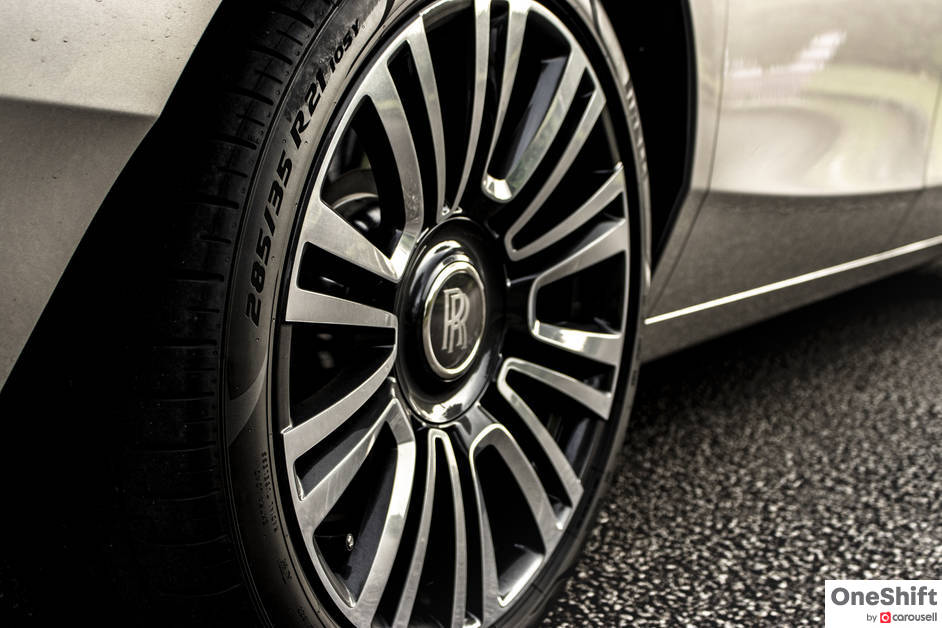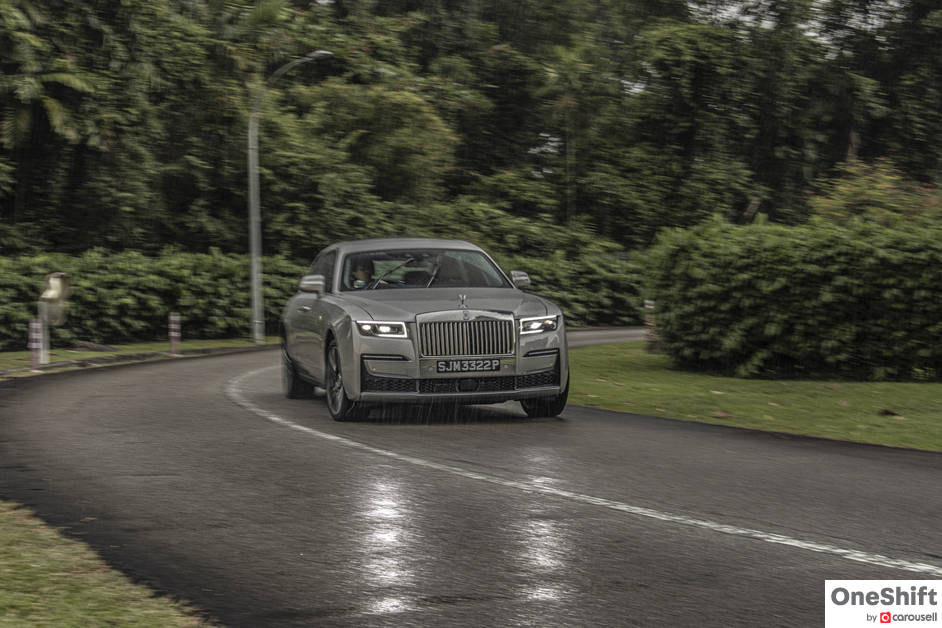Simpler Is Better
The new second-generation Ghost is here and it’s no surprise that it uses Rolls-Royce’s Architecture of Luxury - a bespoke chassis not shared with any other brands. This is the biggest differentiator for the car over its predecessor.


The new second-generation Ghost is here and it’s no surprise that it uses Rolls-Royce’s Architecture of Luxury - a bespoke chassis not shared with any other brands. This is the main differentiator of the new Ghost versus its predecessor, which shared a chassis with the BMW 7-Series. That was always a point of contention, at least among the motoring press, that the Ghost isn’t quite the Rolls-Royce that it could be. No such doubts now then.

The Ghost is crucial for Rolls-Royce as it is their best-selling product in history, although that may now change with Cullinan. Aside from the Spirit of Ecstasy and umbrellas, every other part of the car has been redesigned. You may need a double-take though for the car looks strikingly familiar to the last car, both outside and in. In fact, superfluous detailing was removed in line with the minimalist theme. It doesn’t help that the illuminated grille isn’t a feature available for the Singapore market due to regulations.

Small changes were made, such as a 30mm increase in width and a slightly forward tilting rear light graphic. Otherwise, everything else is typical Rolls-Royce - that is to say, larger-than-life proportions, a commanding seating position and coach doors that now don’t just close automatically but open, too.

The minimalist theme continues inside, with an all-too-familiar cabin design that hasn’t moved on much from the previous Ghost. The much talked-about Illuminated Fascia, which admittedly took a lot more work than it looks (152 LEDs, 90,000 laser-etched dots and 10,000 hours of development), blends into the dashboard pretty much unnoticed.

However, a lot of work has been done beneath the surface. Rolls-Royce worked hard to achieve the ‘whisper’, a soft undertone when the car is moving as opposed to complete silence, which was deemed to be uncomfortable. The basics had to be in place first: the aluminium spaceframe already has higher acoustic impedance compared to steel. The bulkhead and floor sections are double-skinned and 100kg of sound deadening materials were installed.

Then individual components were scrutinised in their ‘hidden inputs’ to sound. An aircon duct produced an undesirable sound, so Rolls-Royce took the part out and redesigned it till it sounded right. The boot made a low-frequency sound of the same nature. Even the sound the seats made when you laid your bosom on them mattered.

The result? A level of refinement that is simply on another level versus with the previous Ghost, and right on par with the new Phantom.

Fundamentally, the new Ghost is set up for balance and agility. It has 50:50 weight distribution, all-wheel drive and all-wheel steering as standard. All this contributes to an immensely drivable car, with inherently good handling layered over by a cushioned, isolating sensation. The throttle response is slightly delayed from one’s input, presumably to aid in smoothness. So is the braking, which seems to encourage gentle inputs for a neutral stop. The intention was not to make it fun to drive but serene to do so, and they have succeeded.

The Ghost incorporates a world-first Planar Suspension System. A combination of a first-of-its-kind Upper Wishbone Damper, a Flagbearer System that pre-warns the suspension of road conditions ahead, and the now familiar Satellite Aided Transmission (SAT) from before, Planar gives terrific ride quality but still retains a softness that allows more lean than say, in a Bentley. It’s very clever and no doubt that this technology will soon find its way into other Rolls-Royces.

Like all modern Rolls-Royces, the V12 soldiers on, a remarkable feat in this day and age. It is now enlarged to 6.75-litres - same displacement as the Phantom - and is as refined as ever, thrumming out a smoothness that only a perfect layout like a V12 can. It’s the perfect luxury motor. However, one can’t help but wonder if an electric drivetrain would suit the car even better.
The Ghost’s platform is very much prepared for being electrified. I’d say bring it on - the Ghost has more to benefit than to lose.

The second generation Ghost is a significant step forward versus the previous car, and being built on a bespoke chassis has paid strong dividends. It would be difficult to consider the first generation car to be in the same class and indeed, you would be cross-shopping the new Ghost with the new Phantom instead for they have come so close. If you would drive the car yourself, the Ghost is the obvious choice and you would hardly be compromising, if at all. That wasn’t the case until now.

Credits: Text by James Wong; Photos by James Wong and Clifford Chow








Get the Best Price for your used car
from 500+ dealers in 24 hours

- Convenient and Hassle-Free
- Consumer Protection
Transparent Process
With No Obligation








